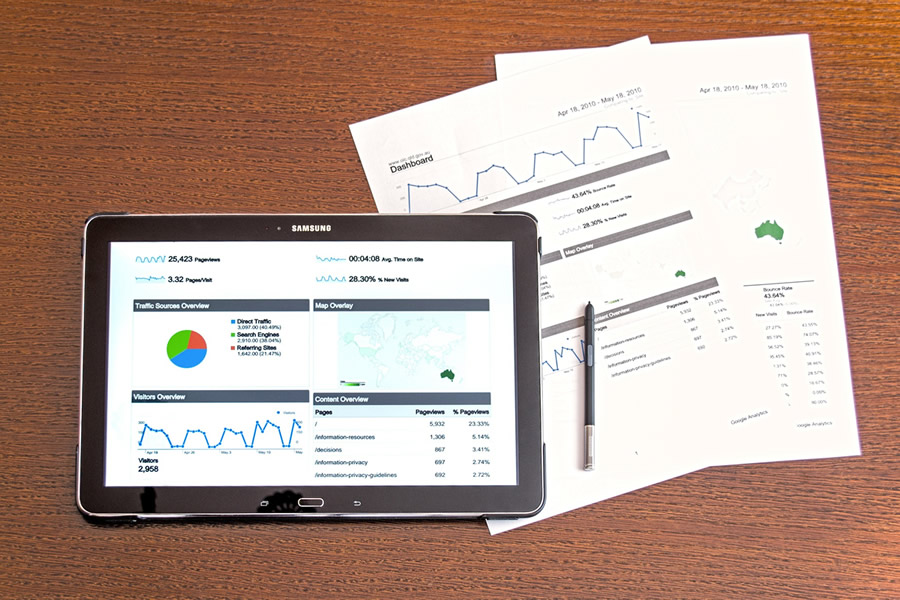
Seven Reasons Why Your Website Isn’t Converting
July 2, 2018Determining The Lifetime Value Of A Customer
Businesses have continued to develop their methods and that includes how their marketing campaigns are run. In the past, a lead was simply someone that came in and made a purchase. However, all of this has changed with more and more metrics coming into the equation.
Marketers are now looking at determining the lifetime value of a customer.
Here is a look at what experts analyze when it comes to a customer's lifetime value.
Defining Customer Lifetime Value
Before understanding the "how" it's important to know the "what" and that's where it's best to start. In general, the concept of customer lifetime value was developed to understand what each customer is worth in the long-term. It's not about one sale but about the long-term relationship between business and customer. Before numbers came into play, businesses would use terms such as "loyal" to define these leads but there's a lot more at play now.
Each customer brings along with them a set value and this is based on different variables such as time, demographic, and the number of sales. Businesses want to have this information on hand as a way to figure things out as soon as possible.
Determining Customer Lifetime Value
Marketers will have a few methods up their sleeve when it comes to figuring out this particular metric. In general, there are two options available that will offer reliable insight into each customer's value and what they bring to the business.
These options include historic customer lifetime value and predictive customer lifetime value.
For the right balance, it's best to use both methods and combine them to gain a better look at the relationship. As more and more data is put in, there is a lot of insight available for the marketer to use.
1) Historic
Starting with the historic customer lifetime value, it's a simple equation. The business has to take the sum of its gross profit and use this information to filter each customer. The customers bringing in the most profit are ranked higher. This is easy to understand and offers a good look at the relationship.
Of course, you can take this information and then use it to compare different variables such as age, gender, and more. Is there a particular connection between the customers that rank higher? If there is, you will know who to target in the future.
2) Predictive
The next method would be predictive customer lifetime value and this focuses on using previous transaction history and combining it with specific behavioral indicators. This helps determine how the customer will help the business in the future.
Perhaps, the customer is a "one and done" type where they will only make a single purchase. You want to have this information and be able to understand why that is the case.
All of this data is useful in improving your ROI, targeting methods, and simply generating more sales. It will take time to implement but that's the beauty of using these equations. There will always be information on hand to use and optimize.




